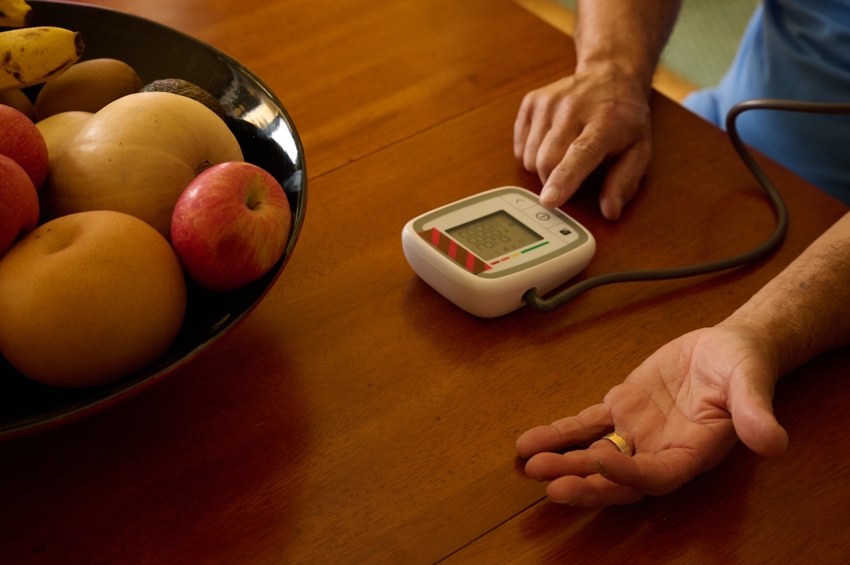Opinion: Contraception Gives Young Women Control of Their Bodies—So Why Are So Many Girls Afraid to Use it? – Rewire News Group

Report on Barriers to Contraceptive Use Among Young Women and Implications for Sustainable Development Goals
This report analyzes the significant barriers preventing young women from utilizing contraception, with a particular focus on the role of misinformation regarding side effects. These challenges directly impede progress toward several key United Nations Sustainable Development Goals (SDGs), notably those concerning health, gender equality, and education.
Key Findings on Contraceptive Hesitancy
An examination of contraceptive non-use among young women reveals critical challenges rooted in fear and the spread of inaccurate information. These findings underscore a public health issue that compromises female autonomy and well-being.
- Fear of Side Effects: A primary deterrent is the fear of potential side effects. Data indicates that approximately one-third of young women who are not using birth control actively avoid it for this reason.
- Impact of Misinformation: Health experts report that a pervasive climate of medical misinformation, particularly on social media platforms, amplifies these fears and creates a significant barrier to informed decision-making.
- Erosion of Bodily Autonomy: The reluctance to use contraception due to unsubstantiated fears undermines the fundamental principle of bodily autonomy, preventing young women from making confident and safe choices about their reproductive health.
Intersection with Sustainable Development Goals (SDGs)
The issue of contraceptive hesitancy is not merely a personal health concern but a critical development challenge that intersects with global objectives for a sustainable future.
SDG 3: Good Health and Well-being
Ensuring healthy lives and promoting well-being for all at all ages is a core objective that is threatened by barriers to contraception.
- Target 3.7: The widespread fear of contraception directly obstructs the achievement of Target 3.7, which calls for universal access to sexual and reproductive health-care services, including family planning, information, and education.
- Health Outcomes: Lack of access to and use of reliable contraception can lead to higher rates of unintended pregnancies and negatively impact the overall physical and mental well-being of young women.
SDG 5: Gender Equality
Achieving gender equality and empowering all women and girls is fundamentally linked to reproductive freedom.
- Target 5.6: This target aims to ensure universal access to sexual and reproductive health and reproductive rights. When misinformation prevents women from using contraception, it curtails their ability to plan their futures, pursue education, and participate fully in the economy, thereby reinforcing gender inequality.
- Empowerment: Control over one’s reproductive life is a cornerstone of female empowerment. Denying women this control through fear and false information is a direct setback for gender equality.
SDG 4 & SDG 16: Quality Education and Access to Information
The prevalence of misinformation highlights systemic failures in education and access to reliable information.
- SDG 4 (Quality Education): The issue underscores the urgent need for comprehensive, evidence-based sexuality education in schools. Such programs are essential for equipping young people with the knowledge to discern fact from fiction and make informed health decisions.
- SDG 16 (Peace, Justice and Strong Institutions): Target 16.10 focuses on ensuring public access to information. The spread of health misinformation undermines trust in scientific and medical institutions and demonstrates a failure to protect the public’s right to accurate information.
1. Which SDGs are addressed or connected to the issues highlighted in the article?
-
SDG 3: Good Health and Well-being
The article’s central theme is contraception and the health decisions of young women. It directly discusses birth control, fear of side effects, and the overall well-being associated with having control over one’s reproductive health.
-
SDG 5: Gender Equality
The title, “Contraception Gives Young Women Control of Their Bodies,” explicitly links contraceptive access to female empowerment, bodily autonomy, and the ability to make independent life choices. These are fundamental components of gender equality.
-
SDG 4: Quality Education
The article highlights that “misinformation plays a role” in young women’s fear of contraception. This points to a critical need for accurate, evidence-based health education, which is a key aspect of quality education, particularly comprehensive sexuality education.
2. What specific targets under those SDGs can be identified based on the article’s content?
-
Target 3.7: Ensure universal access to sexual and reproductive health-care services, including for family planning, information and education.
The article directly addresses the challenges in achieving this target. The fear and “misinformation” surrounding contraception act as significant barriers preventing young women from accessing and utilizing family planning services and information effectively.
-
Target 5.6: Ensure universal access to sexual and reproductive health and reproductive rights.
This target is relevant as the article frames contraception as a tool for women to gain “control of their bodies,” which is the essence of reproductive rights. The fear preventing its use is a barrier to the realization of these rights.
-
Target 4.7: Ensure that all learners acquire the knowledge and skills needed to promote sustainable development, including… gender equality and human rights.
The article’s mention of “misinformation” directly implies a failure to provide young people with the necessary knowledge about their health and rights. Comprehensive education on sexual and reproductive health is essential to combat misinformation and is a component of the education described in this target.
3. Are there any indicators mentioned or implied in the article that can be used to measure progress towards the identified targets?
-
Proportion of young women not using contraception due to fear of side effects.
The article explicitly states, “One-third of young women who don’t take birth control say they fear its side effects.” This statistic serves as a direct indicator of a major barrier to contraceptive uptake, which is relevant for measuring unmet needs for family planning (Target 3.7) and the ability to make informed choices (Target 5.6).
-
Prevalence of misinformation about contraception.
The article implies this indicator by stating, “Misinformation plays a role.” Measuring the prevalence of false beliefs versus correct knowledge about contraception among young people would be a way to quantify this problem and track progress in providing quality health education (Target 4.7).
4. Table of SDGs, Targets, and Indicators
| SDGs | Targets | Indicators |
|---|---|---|
| SDG 3: Good Health and Well-being | 3.7: Ensure universal access to sexual and reproductive health-care services, including for family planning, information and education. | Mentioned: The statistic that “One-third of young women who don’t take birth control say they fear its side effects” serves as an indicator of barriers to access and use. |
| SDG 5: Gender Equality | 5.6: Ensure universal access to sexual and reproductive health and reproductive rights. | Implied: The proportion of young women who are unable to exercise control over their bodies due to fear and misinformation regarding contraception. |
| SDG 4: Quality Education | 4.7: Ensure all learners acquire the knowledge and skills needed to promote sustainable development. | Implied: The prevalence of misinformation about contraception, which indicates a gap in comprehensive health education needed to achieve this target. |
Source: rewirenewsgroup.com

What is Your Reaction?
 Like
0
Like
0
 Dislike
0
Dislike
0
 Love
0
Love
0
 Funny
0
Funny
0
 Angry
0
Angry
0
 Sad
0
Sad
0
 Wow
0
Wow
0













































































